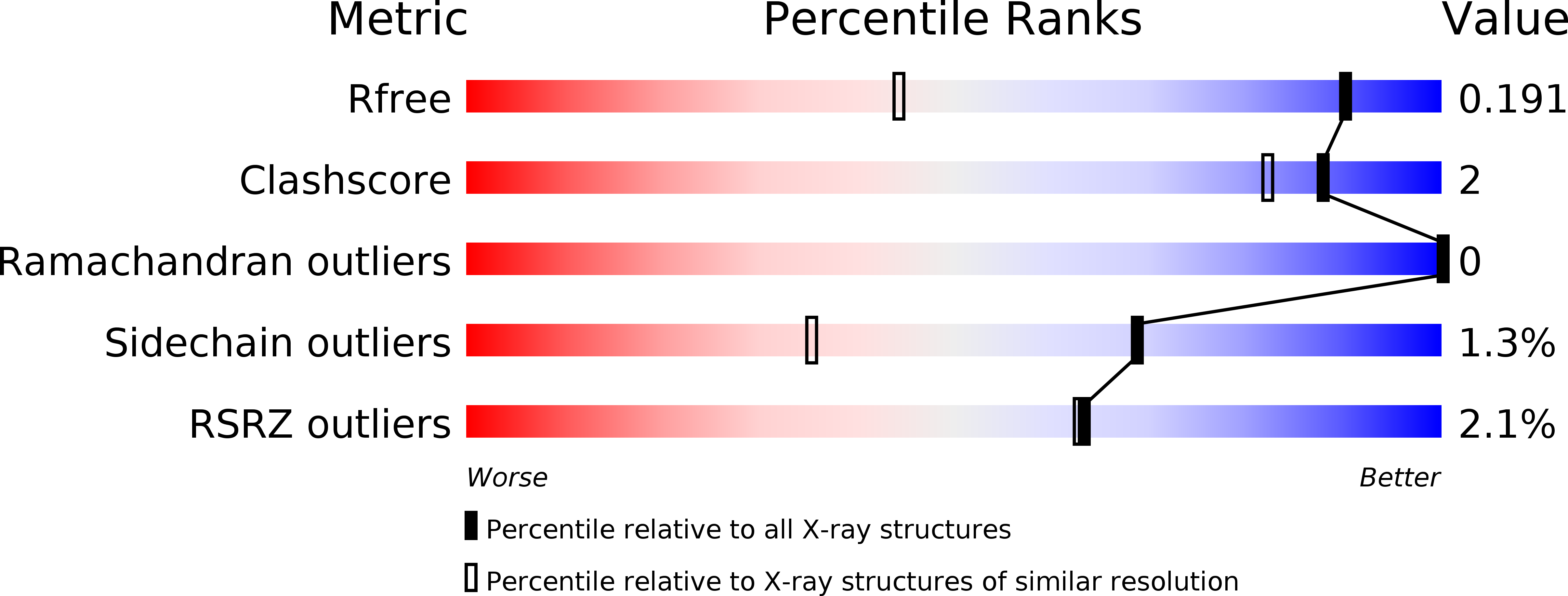
Deposition Date
2010-07-19
Release Date
2011-03-09
Last Version Date
2023-09-06
Entry Detail
PDB ID:
3O0P
Keywords:
Title:
Pilus-related Sortase C of Group B Streptococcus
Biological Source:
Source Organism:
Streptococcus agalactiae (Taxon ID: 342614)
Host Organism:
Method Details:
Experimental Method:
Resolution:
1.30 Å
R-Value Free:
0.18
R-Value Work:
0.15
R-Value Observed:
0.15
Space Group:
P 1 21 1


